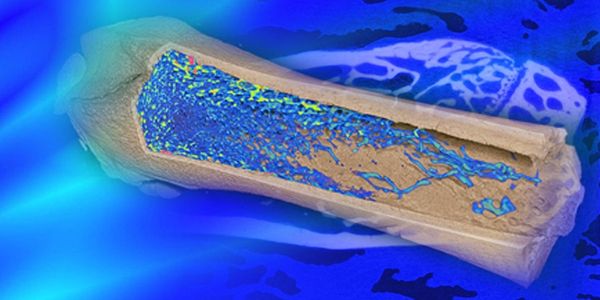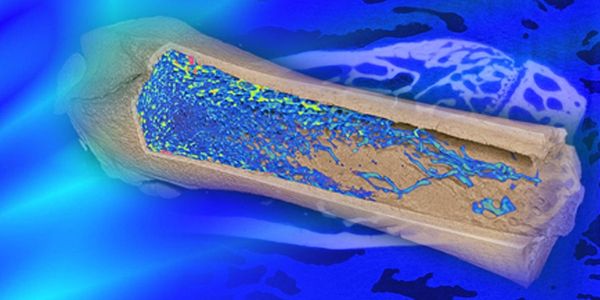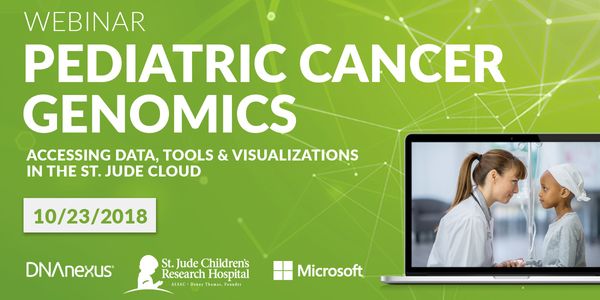Computer Science
Computer science is the study of computers and computing as well as their theoretical and practical applications. The study of computer science involves systematically studying methodical processes (such as algorithms) in order to aid the acquisition, representation, processing, storage, communication of, and access to information. Computer Science degrees include the training of various code languages.
-
Experimental models that promise to replace animal tests that are currently required for drugs and chemicals are rapidly proliferating. This includes a number of novel solutions offered by bi...
The goal of transforming one’s pipeline to a steady source of usable data is within our reach. Data that could be used for clinical insights or earlier in the drug discovery process. &n...
Xenobiotic-induced cardiotoxicity is a major concern for both pharmaceuticals and chemicals in the marketplace. For drugs, "Thorough QT/corrected QT (QTc)" (TQT) studies are corners...
In biomedical research, data should be treated as first-class corporate assets--they were expensive to create, they are expensive to maintain, and they have future business value. The petabyt...
Speaker:
Chuck Donnelly
, Julie Morrison
Presented at: Laboratory Animal Sciences Virtual Event Series 2019
DEC 06, 2018 | 8:00 AM
DATE: December 6, 2018TIME: 11:00am EST, 5:00pm CET Introduction Micro-computed tomography (micro-CT) offers significant advantages o...
DEC 06, 2018 | 1:00 AM
DATE: December 6, 2018TIME: 10:00am CET, 5:00pm CST Intro Micro-computed tomography (micro-CT) offers significant advantage...
NOV 15, 2018 | 1:00 PM
The Neon transfection system enables robust transfection efficiencies in hiPSC for DNA, mRNA and Cas9/gRNA RNP complexes. For hiPSC these improved transfection as well as post-electroporation...
Clinical testing with next generation sequencing requires a complex bioinformatics pipeline to process raw DNA sequence into interpretable variants for medical reporting. With sequencin...
NOV 15, 2018 | 8:00 AM
DATE: November 15, 2018TIME: 11:00am EST, 5:00pm CET Applications of micro-CT technology in endodontics Abstract ...
NOV 15, 2018 | 1:00 AM
DATE: November 15, 2018TIME: 10:00am CET, 5:00pm CST Applications of micro-CT technology in endodontics Abstract Microcomputed tomography (mic...
As the compendium of putatively disease causing variants expands, gathering the most current and accurate information is critical to computing variant classifications. The QIAGEN knowledgebas...
Speaker:
Jennifer Poitras, PhD
Analytical chemistry can take you to strange places - for me it has been to the bottom of a quarry, being covered in dirt, excavating sesame-seed sized fossils that allow us to work out when...
Everyone that uses titration in their lab knows how simple and fast the technique can be. However, uncertainty around when to replace electrodes creates confusion. Reagent quality, tubi...
Speaker:
Jessica McVay
, Lori Spafford
























